How Football Relies On Human Evolution





How football relies on human evolution
Here are some insights about human evolution that will change the way you watch the Superbowl game. According to UC San Francisco evolutionary biologist Nathan Young, Ph.D., our species has evolved a specialized shoulder blade that can be used like a slingshot: storing energy in the windup, then rapidly releasing it in a powerful and precise fling.
And neuroscientist Philip Sabes, Ph.D. explains what is required of the brain in order to actually dominate the field.
More Posts from Curiositytherover and Others

Here’s Why Spider Silk Is One of the Most Incredible Materials on Earth
Spider silk is five times as strong as the same weight of steel, amazingly light, and a great chemical detector. http://futurism.com/videos/heres-spider-silk-one-incredible-materials-earth/
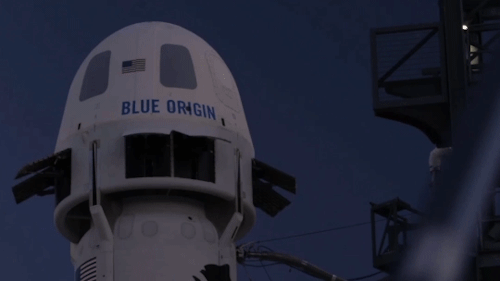
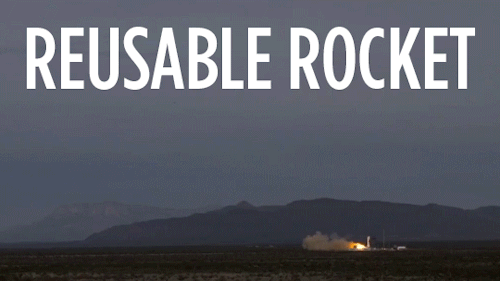

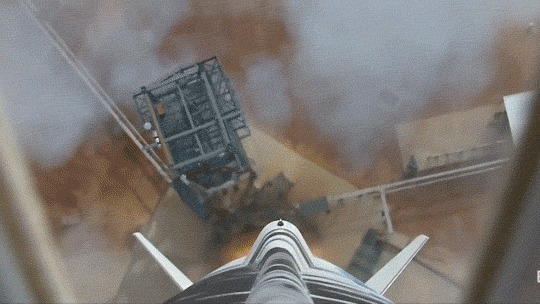
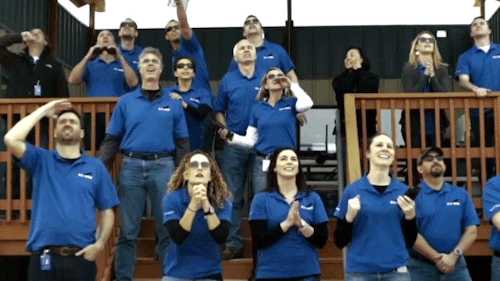
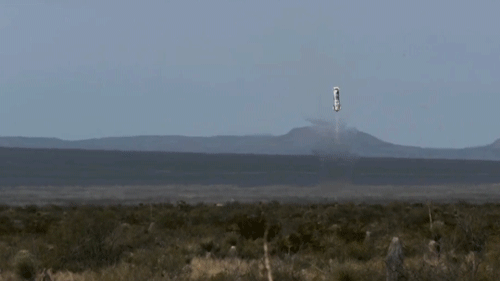
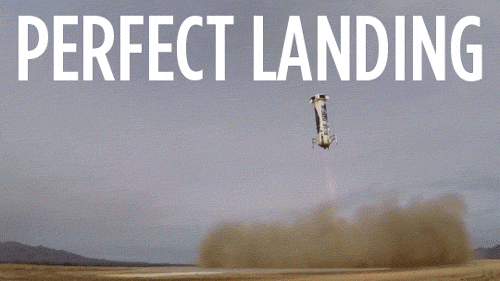
Via his very first tweet, Jeff Bezos announced that his spaceflight company has accomplished a historic first. It sent a rocket to the edge of space and then landed that rocket’s main fuselage gently on dry land.
Most things humans have sent into space are pushed up there by a disposable rocket. Once the rockets do their job, they fall back to earth, usually worse for wear. They have to be rebuilt each time (though sometimes their parts can be reused). That’s an expensive process, especially if you are a private company hoping to bring tourists to space. Virgin Atlantic, Elon Musk’s company SpaceX and Bezos’ Blue Origin all want to do just that.
And now Blue Origin has paved the way, landing its rocket on its second attempt (the propulsion module was destroyed when they first tried). Here’s the video in full:
Elon Musk responded to the news on Twitter. He pointed out that it requires much greater speed to actually reach orbit than it does to reach the edge of space. (Phil Plait has some good analysis of the exchange over on his Bad Astronomy blog.)
Still, it’s a pretty amazing accomplishment.

One thing we’re always doing as a species is expanding our knowledge of the heavens. We send out probes, robots, satellites, spacecraft, all to map out and add to our ever-expanding picture of what the Universe looks like.
But what if that picture suddenly became smaller? That is exactly what happened when new data from the Planck satellite tightened our previous notions of the observable universe, shrinking its area by 0.7%.
If you’ve never realized, we don’t actually see all of the stars in the Universe. If we did, night time sky would be a whole lot brighter. Instead, we see everything within a particular radius, the particle horizon. Any particle of light emitted outside that particle horizon is too far to have reached us.
So if we want to know just how large the observable universe is, we just have to figure out the distance between us and that particle horizon, right?
As it turns out, not quite.
The universe, specifically spacetime, is continuously expanding, with points in the universe moving further apart. This not only changes the distance between objects but also how fast light is moving in the universe.
The movement of spacetime has an effect on which photons reach us and can be observed.
So how do you calculate the radius? Back in 2003, scientists came up with an equation that took an event called “the recombination” as a reference point in the universe’s history. They combined that with the rate of the expansion of the universe and several other factors, in the end coming up with a number.
Back in 2003, that number was a radius of 45.66 billion light-years. Now, new data revealed a far more accurate number: 45.34 billion light-years.
“A difference of 320 million light-years might be peanuts on the cosmic scale, but it does make our knowable universe a little bit cozier,” Nick Tomasello from the University of the Sciences in Philadelphia writes over at Medium.
The study has been accepted for publication in an upcoming edition of Advances in Astrophysics.
So there’s supposed to be this amazing meteor shower tonight, but it’s raining and cloudy where I am and I’m pretty disappointed. I’ll have to watch the live stream.

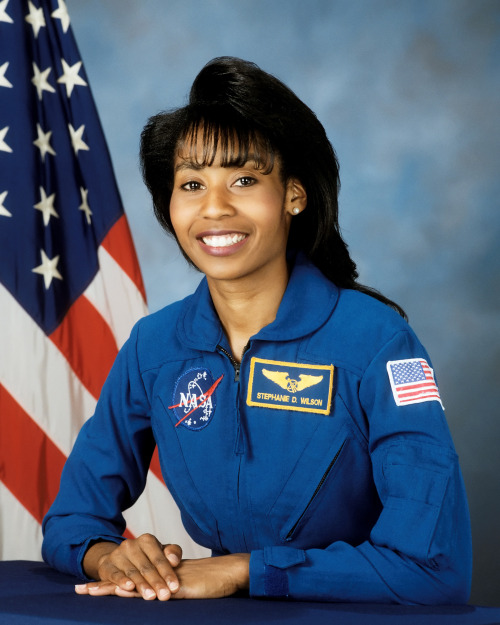

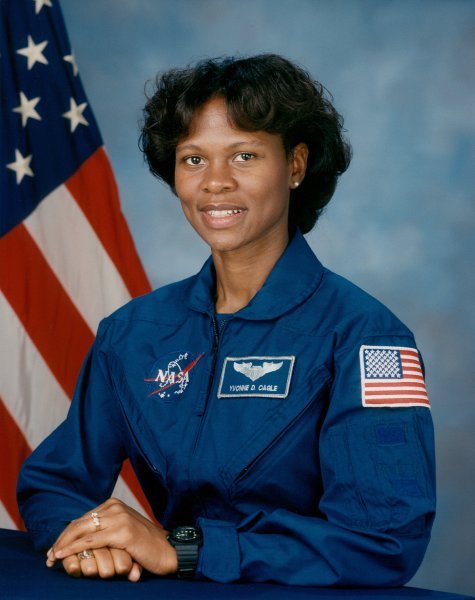
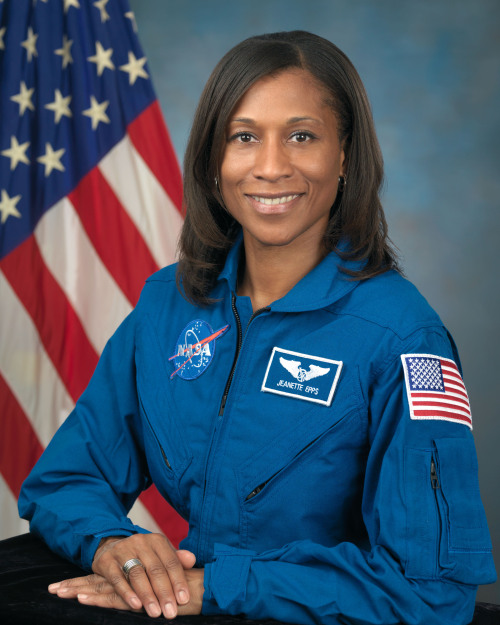
A Salute to Sistas in Space
(From top to bottom and the order in which they went into space)
Dr. Mae C. Jemison
Stephanie D. Wilson
Joan Higginbotham
Dr. Yvonne Cagle
Jeanette J. Epps
Source: 5 Black Female Astronauts You Should Know

The First Robot Operated Hospital in North America Has Finally Opened
Hailed as the first fully digital hospital in North America, the Humber River Hospital in Toronto, CA finally opened its doors to the public on October 18. In addition to being equipped with the most advanced technologies, robots currently man several areas of the facility. This includes the radiology area where they facilitate the X-Ray procedure and the chemotherapy area where they mix, prepare, and monitor the drugs being administered to the patients. Before the drugs get to the patients, each package is checked and scanned thoroughly through an information management system to make sure that the patients get the correct treatment. These automated robots will also be assisting the health care staff by carrying and delivering medical supplies and food for patients.
Know more at: http://futurism.com/links/the-first-robot-operated-hospital-in-north-america-has-just-opened-its-doors/
Cygnus Cargo Craft: What’s Onboard?

New experiments are scheduled to arrive to the International Space Station with the launch of Orbital ATK’s Cygnus cargo spacecraft on Tuesday. These science payloads will study fires, meteors, regolith, adhesion and 3-D printing in microgravity.
Take a look at the experiments:
Saffire-I

What is it? What happens when you set a fire in space? The Spacecraft Fire Experiment-I (Saffire-I) will find out!
How does it work? This experiment will intentionally light a large-scale fire inside an empty Cygnus resupply vehicle after it leaves the space station and before it re-enters Earth’s atmosphere.
Why is it important? The Saffire-I investigation provides a new way to study a realistic fire on an exploration vehicle, which has not been possible in the past because the risks for performing studies on manned spacecraft are too high. Instruments on the returning Cygnus will measure flame growth, oxygen use and more.
Meteor

What is it? A less heated investigation, Meteor Composition Determination (Meteor) will enable the first space-based observations of meteors entering Earth’s atmosphere from space. Meteors are somewhat rare and are difficult to monitor from the ground because of Earth’s atmosphere.
How does it work? This investigation uses high-resolution video and image analysis of the atmosphere to acquire the physical and chemical properties of the meteoroid dust, such as size, density and chemical composition.
Why is it important? Studying the elemental composition of meteors adds to our understanding of how the planets developed, and continuous measurement of meteor interactions with Earth’s atmosphere could spot previously unforeseen meteors.
Strata-1

What is it? A more “grounded” investigation will study the properties and behavior of regolith, the impact-shatterd “soil” found on asteroids, comets, the moon and other airless worlds.
How does it work? The Strata-1 experimental facility exposes a series of regolith simulants, including pulverized meteorite material, glass beads, and regolith simulants composed of terrestrial materials and stored in multiple transparent tubes, to prolonged microgravity on the space station. Scientists will monitor changes in regolith layers and layering, size sorting and particle migration via video images and close examination after return of the samples to Earth.
Why is it important? The Strata-1 investigation could give us new answers about how regolith behaves and moves in microgravity, how easy or difficult it is to anchor a spacecraft in regolith, how it interacts with spacecraft and spacesuit materials and other important properties.
Gecko Gripper

What is it? From grounded to gripping, another investigation launching takes inspiration from small lizards. Geckos have specialized hairs on their feed called setae that let them stick to vertical surfaces without falling, and their stickiness doesn’t wear off after repeated use. The Gecko Gripper investigation tests a gecko-adhesive gripping device that can stick on command in the harsh environment of space.
How does it work? The gripping device is a material with synthetic hairs much like setae that are much thinner than a human hair. When a force is applied to make the tiny hairs bend, the positively charged part of a molecule within a slight electrical field attracts the negatively charged part of its neighbor resulting in “stickiness.” Once adhered, the gripper can bear loads up to 20 pounds. The gripper can remain in place indefinitely and can also be easily removed and reused.
Why is it important? Gecko Grippers have many applications on current and future space missions, including acting as mounting devices for payloads, instruction manuals and many other small items within the space station. In addition, this technology enables a new type of robotic inspection system that could prove vital for spacecraft safety and repair.
Additive Manufacturing Facility

What is it? From adhesion to additive, the new Additive Manufacturing Facility (AMF) will also launch on the flight. Additive manufacturing (3D printing) is the process of building a part layer-by-layer, with an efficient use of the material.
How does it work? The AMF uses this technology to enable the production of components on the space station for both NASA and commercial objectives.
Why is it important? Parts, entire experiments and tools can be created on demand with this technology. The ability to manufacture on the orbiting laboratory enables on-demand repair and production capability, as well as essential research for manufacturing on long-term missions.
These sticky, stony and sizzling investigations are just a sampling of the wide range of science conducted on the orbiting laboratory that benefits future spaceflight and provides Earth-based benefits as well.
Watch the Launch!
You can watch the launch of Orbital ATK’s Cygnus spacecraft online. Stream live coverage starting at 10 p.m. EDT on March 22. Launch is scheduled for 11:05 p.m., which is the start of a 30-minute launch window.
Watch online: nasa.gov/nasatv
Make sure to follow us on Tumblr for your regular dose of space: http://nasa.tumblr.com

Japan’s Venus probe gets a second shot on December 7th



Dark ghost shark (Hydrolagus novaezealandiae) and the pale ghost shark (Hydrolagus bemisi), both are shortnose chimaera of the family Chimaeridae, found on the continental shelf around the South Island of New Zealand in depths from 30 to 850 m.
Both ghost shark species are taken almost exclusively as a bycatch of other target trawl fisheries
video: Te Papa Research


We’ve hit peak drone everyone.
Introducing: The delivery drone for humans.
-
 fxnrad liked this · 6 years ago
fxnrad liked this · 6 years ago -
 elvinbiologist reblogged this · 9 years ago
elvinbiologist reblogged this · 9 years ago -
 surferdudette1990 reblogged this · 9 years ago
surferdudette1990 reblogged this · 9 years ago -
 aburridajovengris-blog liked this · 9 years ago
aburridajovengris-blog liked this · 9 years ago -
 jamesshuler reblogged this · 9 years ago
jamesshuler reblogged this · 9 years ago -
 jamesshuler liked this · 9 years ago
jamesshuler liked this · 9 years ago -
 science--fiction--theatre liked this · 9 years ago
science--fiction--theatre liked this · 9 years ago -
 thepcfixx liked this · 9 years ago
thepcfixx liked this · 9 years ago -
 317ownedprincess liked this · 9 years ago
317ownedprincess liked this · 9 years ago -
 browneyesandbindis reblogged this · 9 years ago
browneyesandbindis reblogged this · 9 years ago -
 jackamoa liked this · 9 years ago
jackamoa liked this · 9 years ago -
 cmoore21033 liked this · 9 years ago
cmoore21033 liked this · 9 years ago -
 ikanmanis liked this · 9 years ago
ikanmanis liked this · 9 years ago -
 cristykerstig-blog liked this · 9 years ago
cristykerstig-blog liked this · 9 years ago -
 twolietogether liked this · 9 years ago
twolietogether liked this · 9 years ago -
 dreaminginhd reblogged this · 9 years ago
dreaminginhd reblogged this · 9 years ago -
 saltbear92-blog reblogged this · 9 years ago
saltbear92-blog reblogged this · 9 years ago -
 aradiosonggirl liked this · 9 years ago
aradiosonggirl liked this · 9 years ago -
 lime5652 liked this · 9 years ago
lime5652 liked this · 9 years ago -
 mateobello12 reblogged this · 9 years ago
mateobello12 reblogged this · 9 years ago -
 sedavis reblogged this · 9 years ago
sedavis reblogged this · 9 years ago -
 cnidarialover reblogged this · 9 years ago
cnidarialover reblogged this · 9 years ago -
 myosotispalustris liked this · 9 years ago
myosotispalustris liked this · 9 years ago -
 ariddleinthesky liked this · 9 years ago
ariddleinthesky liked this · 9 years ago -
 robxoxo reblogged this · 9 years ago
robxoxo reblogged this · 9 years ago -
 husband-wife-onedog liked this · 9 years ago
husband-wife-onedog liked this · 9 years ago -
 andysgra liked this · 9 years ago
andysgra liked this · 9 years ago -
 mexicanime liked this · 9 years ago
mexicanime liked this · 9 years ago -
 neuroandnonsense reblogged this · 9 years ago
neuroandnonsense reblogged this · 9 years ago -
 kujunox liked this · 9 years ago
kujunox liked this · 9 years ago -
 threadbarealice reblogged this · 9 years ago
threadbarealice reblogged this · 9 years ago -
 forget-me-notx liked this · 9 years ago
forget-me-notx liked this · 9 years ago -
 napoleonmaxwellsowachowski liked this · 9 years ago
napoleonmaxwellsowachowski liked this · 9 years ago -
 daryllaing liked this · 9 years ago
daryllaing liked this · 9 years ago -
 rifkind-moonchild reblogged this · 9 years ago
rifkind-moonchild reblogged this · 9 years ago -
 ligma-jobs liked this · 9 years ago
ligma-jobs liked this · 9 years ago -
 pseudocapsicum liked this · 9 years ago
pseudocapsicum liked this · 9 years ago -
 xlosh liked this · 9 years ago
xlosh liked this · 9 years ago -
 thejunglenook liked this · 9 years ago
thejunglenook liked this · 9 years ago -
 only-one-is-a-wanderer liked this · 9 years ago
only-one-is-a-wanderer liked this · 9 years ago -
 jessicachortkoff liked this · 9 years ago
jessicachortkoff liked this · 9 years ago